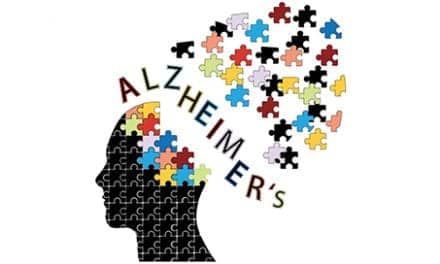“After great pain a formal feeling comes–The nerves sit ceremonious like tombs;…”
— EMILY DICKINSON

Americans may be divided about politics and global warming, but alas, the tie that binds us—back pain. Low back pain ranks among the top complaints of those seeking physical therapy. It spurs anguish from long income, and triggers billions in annual health care costs.
Low back pain may impinge on the lives of more than three-quarters of the general population during their lifetime. The American Occupational Therapy Association (AOTA), Bethesda, Md, notes some 50% of working adults are thought to experience symptoms of low back pain at any given time.
The façade of an active mind may conceal the slog of a sedentary lifestyle, to wit: the daily commute; hours parked in a classroom; or glued to a computer or TV screen. Or video gaming. Movement itself is a culprit—carting a box to storage, or reaching too far for the ball.
Sciatica, leg weakness, muscle pain, and circulation and neurological problems in the lower extremities often result. Without proper form, spinal weight distribution from these activities can lead to premature arthritis and joint damage.
Researchers are paying attention. Low back pain in one of the most heavily investigated arenas of therapeutic treatment and assessment. Therapists opt for CME course to monitor trends and innovations in pain management. They furnish manual therapy such as spinal manipulative therapy and joint mobilizations, massage, exercises for the abdominal and lumbar muscles, motor control exercises, soft tissue mobilization, and modalities such as ultrasound, iontophoresis, transcutaneous electrical stimulation, and hot/cold therapy.
With an individualized care plan under way, therapists help restore independence and mobility, and provide insights for avoiding injury in the future—perhaps even fostering a higher level of conditioning for the patient than before treatment.
—ROGENA SCHUYLER SILVERMAN
Consult these resources for more information:
The American Physical Therapy Association
Report Shows Motor Control Exercises Reduce Persistent Low Back Pain
Physical Therapy is Effective for Management of Low-Back Pain: A “Cornerstone” of Non-Surgical Treatment, New Report Concludes
AOTA
Tips for Living: Tackling Low Back Pain
NIH, Medline
Back Pain
From the Editor:
Would you like to announce changes in your company? Promote your company’s latest product? Share your company’s latest event with the industry? Send your news to Rehab Management at . We’ll post it in our weekly newsletter, Rehab Today.
Rehab Management is looking for industry professionals who are interested in writing for the publication. Please contact the editor at .





